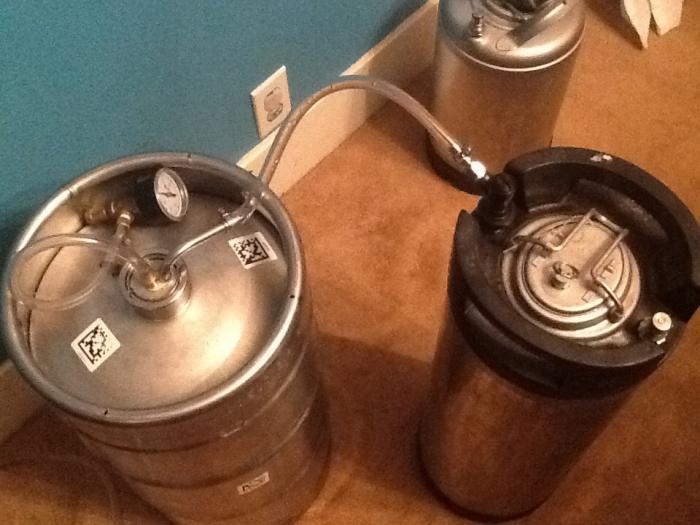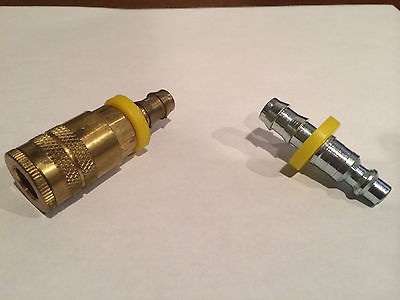johns
Well-Known Member
I gotta ask how would you dry hop this thing? Interesting build BTW. I am thinking of something like this for myself, and like you dont want to spend big bucks for it.

Do you know what NPT thread will match up with a corney keg fitting?
I'm totally going to copy this amazing design. Hope you won't mind...
I gotta ask how would you dry hop this thing? Interesting build BTW. I am thinking of something like this for myself, and like you dont want to spend big bucks for it.
Holding 10psi - it can do more, but no reason to see how far haha
I gotta ask how would you dry hop this thing? Interesting build BTW. I am thinking of something like this for myself, and like you dont want to spend big bucks for it.





![Craft A Brew - Safale S-04 Dry Yeast - Fermentis - English Ale Dry Yeast - For English and American Ales and Hard Apple Ciders - Ingredients for Home Brewing - Beer Making Supplies - [1 Pack]](https://m.media-amazon.com/images/I/41fVGNh6JfL._SL500_.jpg)






I applaud you!
CHEERS!
2 things
First, Can you let this thing sit overnight to verify it will actually hold pressure.
Second, can you put together a list of components or a Bill of Material.
Nice. I use the stock spear and a sankey coupler to do the same thing.
How are you capping the racking cane so that it holds 10psi?
Can you let this thing sit overnight to verify it will actually hold pressure.

Hey insanim8er...
I'm not getting a picture to show up in your last post there you said you were going to "get 2 of these". It looks like something from airgas maybe?
Could you provide a link?
Do you know what NPT thread will match up with a corney keg fitting?
Not really, seems like they are all UN (UNF?) threads and none really match up to an NPT/BSP thread at all. I think I saw somewhere that someone had basically just used a metric ass-load of thread tape to get one to seal to a NPT thread but I don't know how that would hold up to pressure
That's more like it! Thanks!

One thing I am having a hard time understanding... How are you going to know when you have a full keg if you can't see into it?
Nice.
I like the idea of transferring under pressure. The addition of the liquid qd is awesome. So why not just put a gas QD on the spunding setup. That way you can place it on the gas post of the keg and control your pressure and run rate into the keg.
One thing I am having a hard time understanding... How are you going to know when you have a full keg if you can't see into it?

How possible would it be to put a racking cane on the bottom of the sankey and replace the hole in the bung with a large barb or some other fitting for adding yeast?
This is such a bad ass thread. Great idea!
Very nice and inexpensive setup!